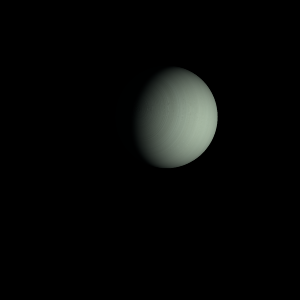|
|
Space Astro
|
Info for exoplanet "Kyamese Se"
| Scientific (actual) data |
|---|
| Name | Kepler-419 c |
| Planet status | Confirmed |
| Planet mass | 7.3 |
| Orbital period | 675.47 |
| Semi major axis | 1.68 |
| Orbit eccentricity | 0.184 |
| Inclination | 88 |
| Discovered | 2014 |
| Updated | 2021-02-05 |
| Omega | 275.3 |
| K | 140 |
| Publication | Published in a refereed paper |
| Detection type | TTV |
| Mass measurement type | Radial Velocity |
| Alternate names | KOI-1474 c, 2MASS J19414029+5111051 c, KIC 12365184 c |
| Star name | Kepler-419 |
| Right ascension | 295.42° |
| Declination | 51.18° |
| Mag v | 14 |
| Mag j | 12.088 |
| Mag h | 11.899 |
| Star distance | 1041.31 |
| Star metallicity | 0.176 |
| Star mass | 1.39 |
| Star radius | 1.74 |
| Star age | 2.8 |
| Star temperature | 6430 |
| Star alternate names | KOI-1474, 2MASS J19414029+5111051, KIC 12365184, WISE J194140.29+511105.1 |
| Wikipedia article | Kepler-419 c |
Back
| |
| Fictional info (?) |
|---|
| Suggested name | Kyamese Se |
| Planet type | Large cold gas giant |
| The planet telescopically displays the complete range of phases, similar to Venus and the Moon, as it moves in its inner orbit relative to Kepler-419, which reoccurs over the so-called synodic period approximately every 75 days.
The smooth Borealis basin in the northern hemisphere covers 13 percent of the planet and may be a giant impact feature. |
| Atmosphere | Nitrogen | 51% |
| Hydrogen chloride | 41% |
| Carbonyl sulfide | 5.3% |
| Ammonium hydrosulfide (NH4SH) | 1.7% |
| Hydrogen | 0.035% |
| Atmospheric pressure | 0.029 bar |
 |
| No known satellites |
| Google search for Kyamese se |
|
Website by Joachim Michaelis
|
|
|
|